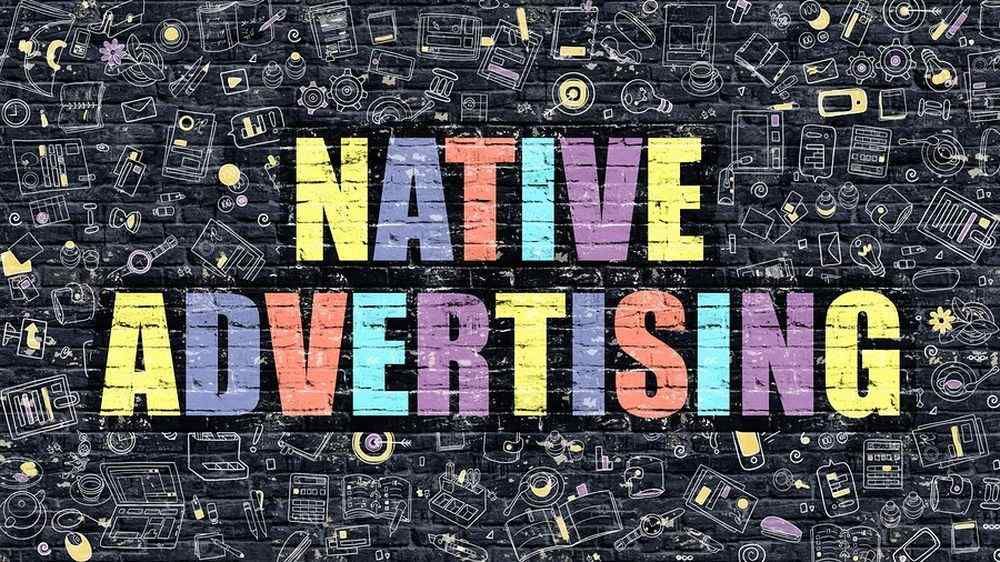
Advertisers will agree — native advertising is hot! By presenting content that matches the appearance and tone of a trusted media site, you can build trust and engagement for your brand with potential customers, especially locally.
Native Advertising Works
Essentially, native is sponsored content that promotes your brand and is placed to emulate editorial content on a media site. It's designed to look similar to the "native" media content, such as news editorials and feature articles. The result is great brand-building tool that gives you a chance to deliver more credible, helpful information. According to an article on LinkedIn, 53 percent of users say they are more likely to look at a native ad than a banner ad, and 32 percent said they would share a native ad.
Win, Win, Win
By emulating the publisher's editorials and articles, you can offer more helpful and engaging content that flows with the same design as the host site. Think about branded articles you've seen on a Forbes or New York Times page. It's a two-way street. If you're going to leverage a great brand, you need to be a great brand. If you're putting out good content, you're keeping people on their site. Posting your content on a newspaper or other local publication's site boosts your credibility with your audience, and does the same for the host site. The local audience already has established trust in the publication, and you can build upon that trust by contributing your own expert content so that the audience starts to see you as a trusted voice as well.
Of course, one reason why native ads are so effective is that people don't always recognize them as being such. Is this deceitful? It's not if you offer quality, relevant content and you clearly establish that it is sponsored content. The consumer benefits because they get more of the kind of content they're interested in.
Tips for Going Native
If your brand is launching a native ad campaign, it's important to go about it the right way. Here's some tips to make sure you're getting the most out of your efforts.
- To capitalize on the host website's credibility, make sure to choose where you're going to place your native ad very carefully. Native advertising works best if the publisher's brand is compatible and your ad fits in and tells a great story.
- Make sure your content is relevant to the kinds of users who would naturally visit the publisher's page. This can increase the user's time on the page and increase engagement. Work closely with the publisher to ensure it fits your audience's interests.
- Native advertising offers the added advantage of shareability, which regular display advertising can rarely claim, so always include your social links.
- Make sure you include a word like "sponsored" to make it clear that your content isn't an editorial, and warn readers if your link will take them away from the publisher's site. If your content is misleading, it could impact both brands, and you could end up with some angry users on your hands.
Overall, native advertising is less intrusive on mobile and desktop than banner ads. Done right, it is a great way to deliver a message and present an authentic brand voice. Ultimately, aligning your story with a trusted brand can be a very powerful thing.







